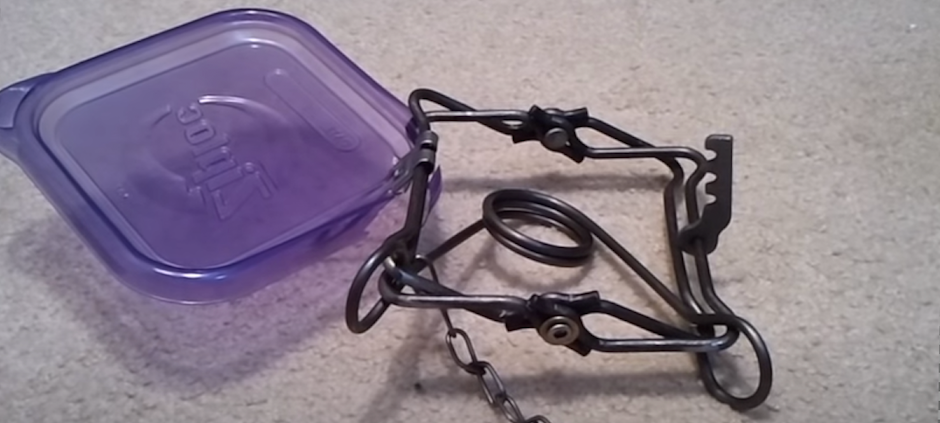What is a Conibear Trap?
What is a Conibear Trap?
Trapping animals are carried out for a variety of reasons. It can be for hunting, wildlife management, pest control or fur trade. Conibear or body-gripping traps are used to kill animals quickly.

History of the Conibear Trap
This trap is named after its inventor Frank Conibear. Frank is from Canada and he invented the first model of the device in the late 1950s. These traps kill animals quickly. The body-gripping trap will prevent them from suffering or from escaping. The nature of the conibear is similar to that of a mouse trap. The problem of extended periods where trapped animals suffer before dying is now out of the question.
Conibear Traps in Forests
Animals that are wary such as coyotes and foxes will avoid any unfamiliar square shaped devices on their way. The key is to hide the traps under a lot of leaves. You should also make sure that the trap is far from your house. This will prevent small children and pets from finding it. It is better to use foot traps when you have a pet dog or a pet cat. Your dog can easily be freed from the foot trap but a conibear trap will kill it instantly. Foot traps are also designed to prevent injury to the animal.
How They Work
Conibear traps are convenient, cost-efficient, and quickly kill an animal. The spring metal trap closes to the animal’s neck with a strong force. It will be dead within 10 seconds. The trap consists of two metals that are square-shaped. They can close like a pair of scissors when activated. There is a spring safety latch that can be used when setting the trap. You can use a bait or put food in the trap to attract animals.
Sizes of Conibear Traps
The trap comes in different sizes depending on the animal that you want to catch. The 110 or the 5x5 inches is used to catch mink and muskrat. The 220 or 7x7 inches are used for opossums and raccoons. The 330 or 10x10 inches are for otters and beavers.
Uses of Conibear Traps
The conibear traps are mainly used as a water trap. Many states in the US prohibit the use of the conibear trap on land. Foothold traps are used instead when you are trying to trap animals on land. You can place the trap on a runway in order for it to serve as a funnel for the targeted animal.
Overall Use of Conibear Trap
The trap is used for minks, raccoons, beavers, muskrat and other rodents. This is only used when a particular species of rodent becomes a serious problem. This can grip the whole body of the unfortunate prey and kill it instantly. If you have ethical views in killing animals, then the conibear is not for you. Make sure to check with your state if using conibear traps are allowed. Make sure that you should keep your hands off the trap once it is activated. A 330 can crush your bones if not handled properly.
Visit our Wildlife Trapper Easley home page to learn more about us.

